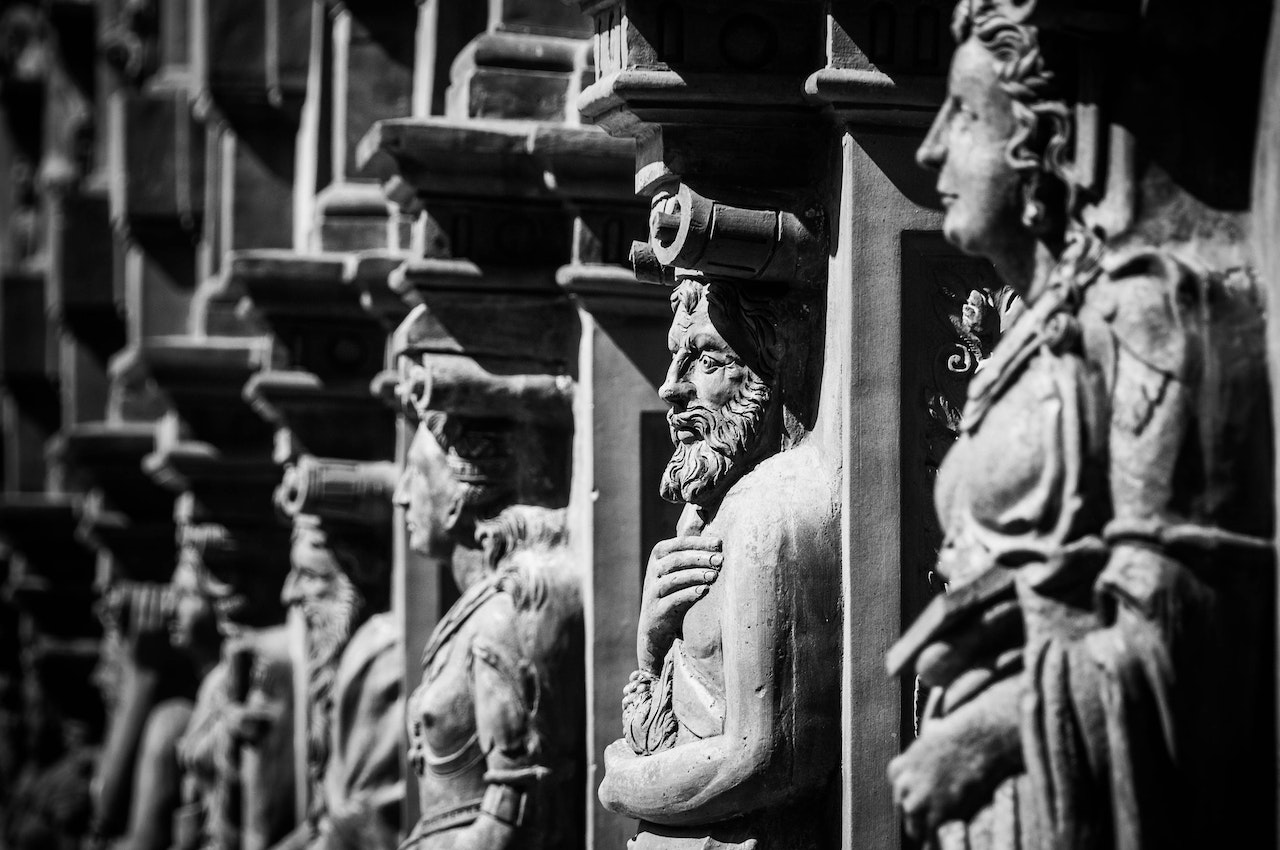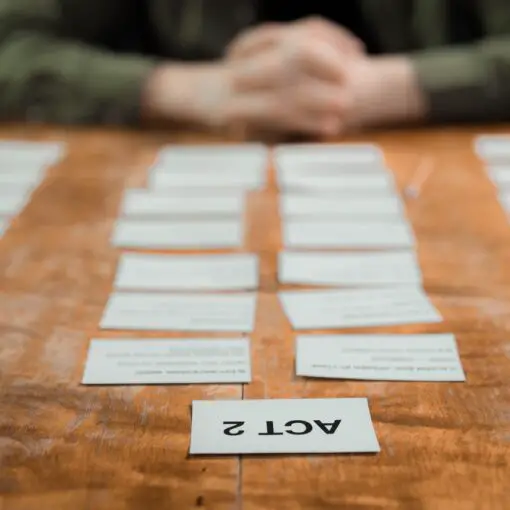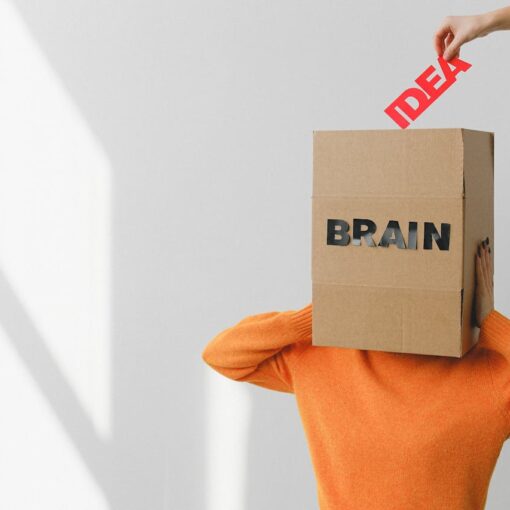Historical thinking is something that more and more people are taking an interest in, but do you know what it really means? What is historical thinking?
Historical thinking is a skill that many historians need to employ every time they analyze materials. It involves being able to evaluate primary source documents and consider them in the right context in order to reconstruct an account of the past that is likely to be reasonably accurate. A lot of skills come under the title “historical thinking.”
If you’re moving into any sort of subject that relates to understanding the past and decoding what happened, you need to be able to employ historical thinking skills, so we’re going to use this article to get a good understanding of what these entail and how they work. We’ll also look at what you can do to hone your historical thinking skills.
What Is Historical Thinking?
Historical thinking is sometimes referred to as “historical reasoning,” and the skills that it involves are critically important for anybody who wants to analyze evidence in order to make sense of past events.
For example, if you are looking at a map, a piece of art, a political statement, a book, or any other piece of evidence, you need to be able to use historical thinking skills to understand the content in a way that is meaningful. If you don’t use these skills, it’s very difficult to get valuable information out of pieces of evidence.
History is an enormously complex subject, and understanding what happened in the times that have passed can be challenging even with the correct skills. If you are able to employ historical thinking effectively, you will recognize that history is complicated and that a single piece of evidence is not enough to get a good understanding of the past.
You will be aware of the “bigger picture” and the fact that you need to think about evidence in the broader context if you want to get a good sense of history. It often takes time to build up good historical thinking skills, because it can be hard to appreciate just how complicated the process of understanding history truly is.
A big part of historical thinking is the textual analysis, but there are other aspects too – such as being able to create an argument based on the evidence, and demonstrate how the evidence supports it. This argument should be clearly presented so that people hearing it can get an understanding of the past, and recognize the context in which the argument is being presented.
How Can You Use Historical Thinking?
You will need to call on historical thinking skills any time you are attempting to understand what has happened in a past event. To correctly utilize this skill, you will usually need to gather multiple sources relating to the event.
For example, you might look at maps, artwork, textbooks, textual sources from the time, newspaper reports, and more. The more evidence you are able to gather, the more accuracy you are likely to be able to achieve in your arguments.
Historical thinking usually follows this process:
- Establishing whether the period is historically significant (is it worth studying?).
- Using primary source evidence (what sources from that time can you look at).
- Identifying continuity and change (recognizing what is staying the same and what is changing so you can fully appreciate the “big picture” and the complexity of the past).
- Analyzing cause and consequence (being able to determine which events led to which outcomes, and how the different events related to each other. This can be about subtle influences, or direct trigger events).
- Taking historical perspectives (understanding that the past is very foreign to us, even when looking at events from our own country, and therefore must be viewed through a different lens).
- Understanding the ethical dimension of interpretations (recognizing how ethics have changed, but still understanding that ethical judgments on past events hold value and allow us to learn from the past).
You are likely to be employing each of these steps whenever you use your historical thinking skills, and it’s a good idea to think about each of the steps in order, so you can be sure that you aren’t missing any of them. If you skip a step, there’s a risk that your final analysis will be weak, and will lack value in terms of understanding history.
You should make sure that you are using primary sources whenever these are available, and not depending too heavily on secondary sources. Secondary sources do have value, but they will never tell you as much about the past as primary sources can, and they may not be very reliable. Whenever primary sources can be used, they should be your first choice, followed by reputable secondary sources.
How Can You Hone Your Historical Thinking Skills?
You may find that it helps to write out the six steps mentioned above, and to check them off one by one whenever you are analyzing a historical period. This will reduce the risk of you forgetting one of them. After a while, it will become a habit to think about historical sources in this way.
If there are any areas that you find you are particularly weak in, it’s a good idea to spend some additional time specifically honing those areas. You may wish to discuss this with a teacher or mentor, as they can probably set some exercises that will help you improve that skill.
Don’t ignore areas of weakness; missing even one of these steps will have a significant impact on your ability to analyze history in a meaningful and accurate way.
Another good way to hone your skills is to analyze a period, using as much primary evidence as possible, and write your account of the period using the six steps mentioned above – but then compare your analysis to that of other historians.
What do you feel about your account versus theirs? What statements have they made that you agree with, and what do you disagree with? Why might disagreements have arisen?
Undertaking this sort of analysis is a great way to improve your understanding of how historians think, and how your own thinking fits into that big picture. It can help you to identify flaws in your reasoning, and recognize strengths that you have as well.
If you have the opportunity, it may also help to work alongside other historians. Talk to them about a period, and analyze the evidence together.
This is a great way to think critically about your process and their process, and to broaden your perspective on how to approach the past. It will teach you how to argue your point in ways that are powerful and based firmly on evidence, which will help you to do this more in written arguments too.
Conclusion
Hopefully, you now have a solid answer to the question “what is historical thinking?” This is a key skill for historians everywhere to employ, and if you aren’t using it, you will be unable to produce strong, convincing, and accurate arguments about what happened in the past. Take the time to hone your historical thinking using the tips above!
References
https://www.historians.org/teaching-and-learning/teaching-resources-for-historians/teaching-and-learning-in-the-digital-age/the-history-of-the-americas/the-conquest-of-mexico/for-teachers/setting-up-the-project/historical-thinking-skills
https://link.springer.com/referenceworkentry/10.1007/978-1-4419-1428-6_1074
https://historicalthinking.ca/continuity-and-change
https://historicalthinking.ca/historical-perspectives
https://historicalthinking.ca/cause-and-consequence
https://historicalthinking.ca/ethical-dimensions
https://historicalthinking.ca/historical-thinking-concepts
https://en.wikipedia.org/wiki/Historical_thinking
https://www.indeed.com/career-advice/resumes-cover-letters/historical-thinking-skills





